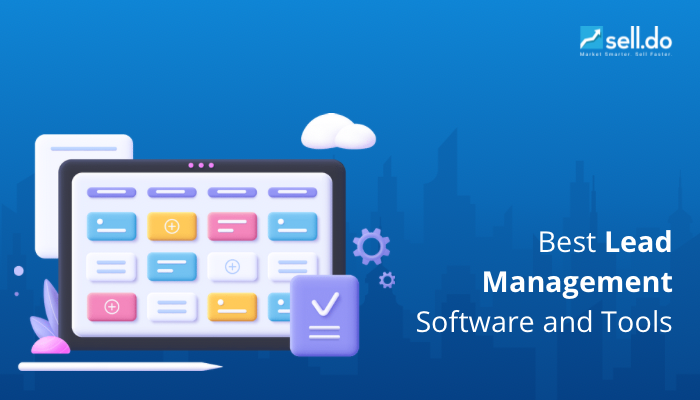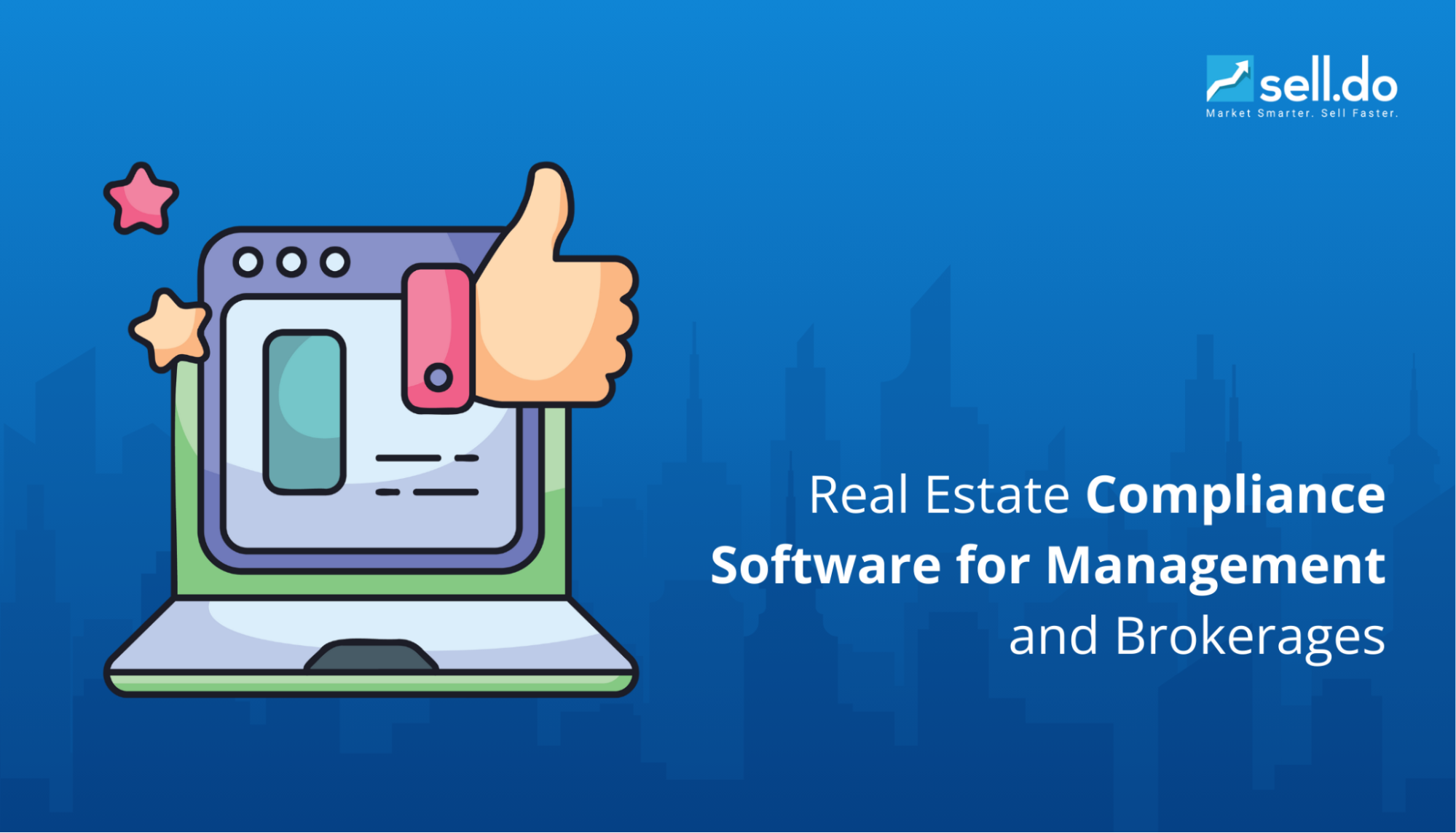Sales and inventory management are essential pillars of profitability for any retailer. When stock levels align with customer demand, businesses can easily meet customer needs and avoid the extra costs of overstocking or running out of items. Thus, it is important to have a sales and inventory management system in place to ensure that products are available exactly when needed, allowing you to capture sales opportunities and minimize wasted resources.
You need to consider the link between sales and inventory control, as each sale impacts inventory levels. A clear view of both sales data and inventory allows you to make smart, timely decisions about restocking and product adjustments.
So, without further ado, let’s explore more about managing sales and inventory to help you avoid the excess costs of carrying too much inventory and respond to the changing demands efficiently.
What is Sales and Inventory Management?
Sales and inventory management is about keeping the right products in stock and ensuring they are available when customers want them. This process involves two main parts: tracking what’s on hand (inventory) and tracking how much is being sold (sales). Together, these help businesses know when to order more products, reduce excess stock, and keep everything running smoothly.
With a good sales and inventory management system, you can determine exactly how much product you have, what’s selling fast, and what might need extra attention. It prevents businesses from running out of popular items, which could lead to missed sales, and stops them from over-ordering items that might not sell quickly, which could lead to wasted resources.

Benefits of Integrating Sales with Inventory Management
Integrating sales with inventory management offers several benefits, helping organizations run more smoothly, cut expenses, and increase customer satisfaction. Here are some of the top advantages:
- Efficient Stock Management: You can better track stock in real time by linking sales data directly to your inventory levels. This ensures you have just the right amount of each product, saving on storage costs and avoiding missed sales.
- Enhanced Planning and Forecasting: A sound inventory management system gives you a clear view of trends and seasonality. It helps you plan promotions, restocks, and product launches more effectively, making the most of your resources and driving smarter decisions.
- Improved Demand Prediction: When you connect sales data with inventory tracking, predicting demand becomes easier. You’ll know which items are popular and when to reorder, helping avoid excess inventory and stockouts.
- Better Purchase Timing: Real-time data lets you make timely purchase decisions, avoiding last-minute restocking. This allows you to maintain consistency in your orders and strengthen supplier relationships.
- Reduced Storage and Holding Costs: Aligning your inventory with actual demand reduces unnecessary stock, cuts down on warehousing costs, and lowers the risk of product obsolescence.
- Increased Customer Satisfaction: Having your inventory and sales in sync helps you to find what customers need when they need it. This means faster order fulfilment, fewer backorders, and a more positive experience, encouraging repeat business.
- Streamlined Workflow and Productivity: Integrated systems handle many of the tasks involved in tracking, ordering, and managing stock, giving your team more time to focus on strategic tasks instead of manual inventory checks.
With sales and inventory management working together, you’ll have real-time control over stock, enabling smoother operations, happier customers, and greater profitability.

Now that you know the benefits of integrating sales with inventory management, let’s dive into some effective techniques that can help you streamline both processes and boost overall efficiency.
Techniques in Sales and Inventory Management
Effective sales and inventory management is essential for keeping operations smooth, reducing costs, and meeting customer demand. Here’s a breakdown of effective techniques in sales and inventory management, explained in straightforward language:
-
ABC Analysis
This method divides inventory into three categories. “A” items are high in value but sell less frequently, “B” items are mid-range in both value and frequency and “C” items are low in value but sell often.
If you focus more on “A” items, you can prioritize resources on what matters most, while keeping an eye on fast-moving, low-value “C” items to prevent stockouts.
-
Just-In-Time (JIT) Inventory
With JIT, inventory is ordered only when it’s needed. This helps reduce storage costs by keeping stock low but requires accurate sales predictions and strong supplier connections. It’s about having the right amount of stock at the right time without overloading storage.
-
Economic Order Quantity (EOQ)
EOQ is a calculation that helps businesses order just the right amount of inventory to keep costs low. It finds the balance between ordering too much (which raises storage costs) and ordering too little (which could lead to stockouts). This method keeps orders efficient and cost-effective.
-
First-In, First-Out (FIFO)
In FIFO, the oldest stock is sold first. This is especially useful for expiring items like food or medicine. By selling the oldest stock first, businesses avoid waste from expired products and keep inventory fresh.
-
Safety Stock Inventory
Safety stock is extra inventory kept on hand to guard against unexpected demand or supply chain delays. It’s a buffer that helps ensure you don’t run out of stock, which keeps customers happy and prevents lost sales.
-
Demand Forecasting
Demand forecasting predicts future sales by analyzing past data and market trends. With accurate forecasts, businesses can prepare the right amount of stock, avoiding both overstocking and shortages. This keeps stock levels aligned with actual customer needs.
-
Batch Tracking
Batch tracking organizes similar items into groups or “batches.” This is helpful for tracking the history of products, especially if a recall is needed. If there’s an issue with a particular batch, it’s easy to identify and manage it without affecting the entire inventory.
-
Dropshipping
In dropshipping, businesses don’t keep inventory themselves. Instead, when a customer orders, the product ships directly from the supplier. This reduces storage costs, but it requires a reliable supplier to ensure fast, quality shipping to customers.
-
Consignment Inventory
With consignment, inventory is kept at the retailer’s location but remains the supplier’s property until it’s sold. This arrangement helps retailers reduce inventory costs, as they only pay for what sells. It’s a win-win that shares responsibility between retailer and supplier.
-
Cross-Docking
Cross-docking means products move from incoming trucks directly to outgoing trucks without being stored. It reduces warehousing costs and speeds up the shipping process, getting products to customers faster.
These techniques help keep inventory in check, manage costs, and improve customer satisfaction by making sure the right products are available when needed.
 Are you not getting the results you want through your marketing campaigns? :
Are you not getting the results you want through your marketing campaigns? :Now that we’ve covered key techniques, let’s look at the essential features of an effective sales and inventory management system.
Sales and Inventory Management System Features
An effective Inventory management and sales software comes equipped with a variety of features to help you track stock levels, manage sales, and streamline operations. Here are some essential features:
- Real-Time Inventory Tracking: You can instantly monitor stock levels, preventing overstocking and stockouts. With updates in real-time, you know exactly how much inventory is available at any given moment, making order management easier and enhancing customer satisfaction.
- Sales Order Management: It streamlines the entire sales process by organizing sales orders, tracking their progress, and ensuring timely delivery. The platform also minimizes order errors and improves the overall customer experience.
- Automated Reordering: Automated reorder points are set based on inventory levels and demand, triggering orders whenever stock dips below a specific threshold. It helps maintain optimal stock without manual checks, keeping popular items always available.
- Demand Forecasting: A robust inventory and sales software can draw insights from past sales data and market trends. Such demand forecasting aids in planning for future inventory needs and allows businesses to handle seasonal variations effectively.
- Supplier and Vendor Management: Inventory and sales software tracks supplier details, purchase orders, and lead times, supporting timely restocking and ensuring a steady supply chain.
- Inventory Valuation and Cost Tracking: You can track the cost of goods sold and calculate inventory value to gain insights into profitability. Knowing the exact cost of inventory allows you to price competitively and manage expenses wisely.
- Barcode Scanning and Labeling: Barcode integration simplifies stock tracking, reducing errors from manual entry. Scanning updates inventory levels, locates products efficiently, and improves overall operational efficiency in warehouses and storerooms.
- Comprehensive Reporting and Analytics: Detailed reports on sales, stock levels, and turnover rates enable data-driven decision-making. Businesses can use analytics to identify high-performing products and optimize inventory management.
- Multi-Channel Sales Integration: For businesses with multiple sales platforms (like e-commerce sites, retail stores, and marketplaces), the sales and inventory management system offers multi-channel integration and updates inventory across all channels.
Each of these features provides a valuable function that contributes to a clear view of sales and inventory, helping businesses save on costs and enhance customer satisfaction.

Check our blog here for techniques to help generate leads as a new agent
After covering the main aspects, let's take a look at the top five sales and inventory management software alternatives for streamlining operations and increasing productivity.
5 Best Sales and Inventory Management Tools
Below is our curated list of the top 5 software to track inventory and sales to help you find the perfect tool for your business.
-
Sell.Do - For Real Estate

Rating: 4.9/5
Sell.Do is an all-in-one CRM solution specifically designed for the real estate industry, making it an ideal tool for managing sales and inventory in this niche. Built to address the unique challenges of real estate, Sell.Do streamlines lead tracking, automates sales workflows, and manages property listings and inventory, allowing teams to focus on building relationships and closing deals.
Key Features of Sell.Do- Real Estate-Specific Inventory Management: Tracks property availability, pricing, and status in real time, ensuring agents and developers have up-to-date information to share with clients.
- Automated Lead Tracking and Nurturing: Manages leads from capture to closure with automated workflows.
- Sales Pipeline and Deal Management: It offers a clear view of each deal’s status and progress, enabling teams to prioritize high-potential leads and close deals faster.
- Marketing and Campaign Automation: Integrates with email, SMS, and social media channels to streamline marketing efforts.
- Detailed Reporting and Analytics: Provides insights into sales performance, lead sources, and inventory data for data-backed decisions.
Pricing: Custom.
-
Zoho Inventory - For Small Businesses

Rating: 4.3/5
Zoho Inventory is a powerful inventory sales software for small business tailored for businesses and startups. Part of the Zoho suite, it integrates seamlessly with Zoho’s other applications and major e-commerce platforms, making it easy to manage sales, track inventory, and fulfil orders across multiple channels.
Key Features of Zoho Inventory- Multi-Channel Inventory Management: Tracks inventory across various sales channels, including online stores and marketplaces.
- Order Fulfillment and Shipping Integration: Manages the entire order fulfillment process, from packing to shipping, with integrations to popular carriers.
- Automated Reordering: Sets automatic reorder points based on stock levels, so the system generates purchase orders when inventory runs low.
- Real-Time Inventory Tracking: Provides real-time updates on stock levels and product movements, giving businesses accurate insights for better inventory planning.
Pricing: Zoho offers four different pricing plans as follows:
Standard: $29/month
Professional: $79/month
Premium: $149/month
Enterprise: $249/month
-
inFlow Inventory - For E-commerce and Retail Businesses

Rating: 4.1/5
inFlow Inventory is a versatile sales inventory management software designed to simplify inventory tracking, order management, and stock control for small to medium-sized businesses. Known for its intuitive interface, inFlow makes it easy to manage all aspects of inventory, from receiving and shipping orders to maintaining accurate stock levels.
Key Features of inFlow Inventory- Order Management: Tracks sales and purchase orders in real time, ensuring smooth and accurate order processing.
- Barcode Scanning: It supports barcode integration for quick stock updates, improving warehouse efficiency and reducing manual entry errors.
- Inventory Forecasting: Provides insights into future inventory needs based on past sales trends, helping businesses maintain optimal stock levels.
- Cost Tracking and Reporting: Generates detailed reports on inventory value, sales trends, and cost of goods, enabling data-driven decisions for profitability.
Pricing: inFlow inventory offers three different plans based on business size as given below:
Entrepreneur: $89/month
Small Business: $219/month
Mid-size: $439/month
 Recommended read :
Recommended read : -
Fishbowl Inventory - For Manufacturing and Food and Beverage Industries

Rating: 4/5
Fishbowl Inventory is a comprehensive inventory management solution tailored for small to medium-sized businesses. It offers robust features that integrate seamlessly with accounting systems like QuickBooks, providing real-time inventory tracking, order management, and manufacturing capabilities.
Key Features of Fishbowl Inventory- Advanced Manufacturing Support: Enables the creation of complex work orders and bills of materials, streamlining production processes.
- Multi-Location Management: It allows tracking and managing inventory across multiple warehouses or retail locations, ensuring accurate stock levels company-wide.
- Barcode Scanning Integration: Fishbowl facilitates efficient inventory tracking and order fulfillment through barcode scanning, reducing manual errors.
Pricing: Personalized.
-
Odoo - For Manufacturing and Retail Businesses

Rating: 4.2/5
Odoo is an open-source business management software offering integrated applications, including CRM, inventory management, accounting, and e-commerce. The modular design allows businesses to choose and customize only the features they need, making it a highly adaptable solution.
Key Features of Odoo- Modular System: You can choose from a wide range of apps, such as inventory, CRM, and sales, to create a tailored solution that fits your unique needs.
- Real-Time Inventory Tracking: It provides detailed tracking of stock levels, movements, and warehouse management, ensuring accurate and efficient inventory control.
- Seamless Integration Across Apps: Easily integrates different business functions, enabling smooth data flow between departments like sales, accounting, and customer service.
Pricing: Custom.
So, take your time to go through our list of the best sales inventory management tools, assess your needs, and choose the best fit for your business.
Conclusion
Sales and inventory management systems are critical for keeping your business nimble, lucrative, and responsive to client demand. These tools help you keep track of stock levels and automate regular processes, which further helps you cut expenses, avoid stockouts, and make data-driven decisions. Integrating inventory management and sales software provides evident benefits, ranging from improved forecasting for streamlining order fulfilment and increasing overall efficiency.
Furthermore, if you're in the real estate industry, Sell.do can help you handle everything from inventory to sales and marketing efforts. Tailored for the real estate niche, this software provides dedicated features like multi-project monitoring, sales and workflow automation, customer segmentation, lead nurturing, demand letter management, and online/offline payments.





Leave a comment
Comments (0)
Be the first one to comment.